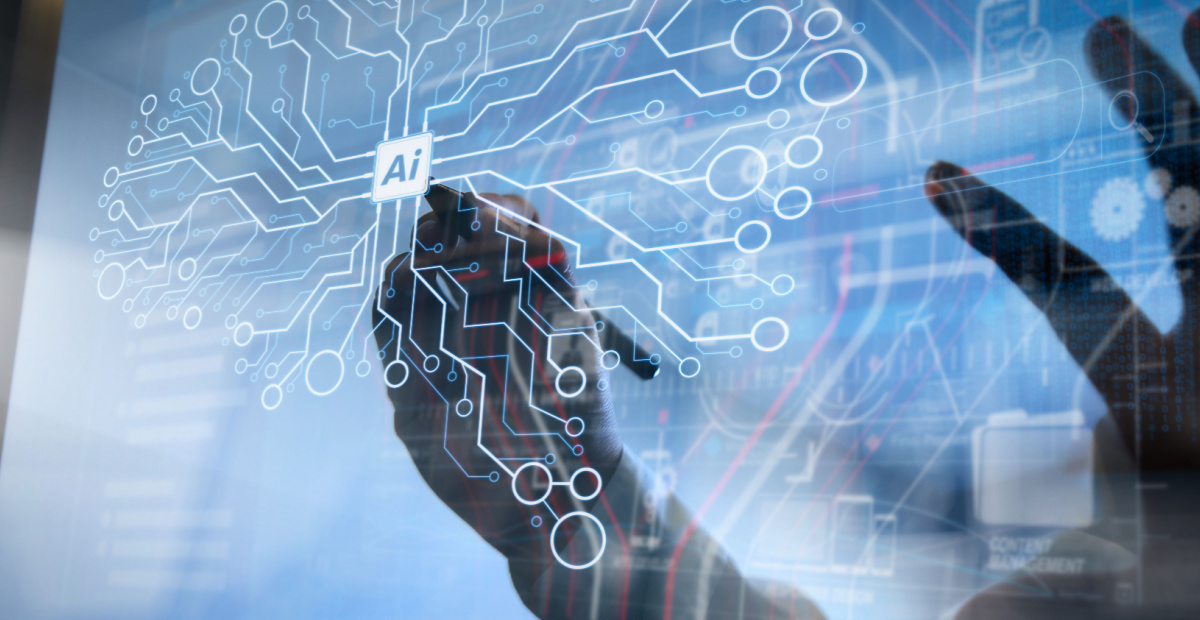AI’s high hopes dashed by long-term doubts on productivity growth

The latest market commentary from European asset manager, Amundi, has questioned whether investment in artificial intelligence (AI) will generate enough productivity to turn around the global growth slowdown.
Mahmood Pradhan, Head of Global Macro Economics at the Amundi Investment Institute, said while AI is “promising” its macroeconomic impact will “take longer to move the productivity needle”, and thus may not have the ability to kickstart global growth.
“Global growth has been on a secular decline since around 2000, with a more pronounced decline following the Global Financial Crisis (GFC). Economists typically cite the sizeable and broad-based slowdown in Total Factor Productivity Growth (TFP) which measures how efficiently labour and capital inputs are used to produce output,” Pradhan said.
“Looking back over longer periods, there were strong advances in productivity after WW2 in the advanced economies and in some of the larger emerging market countries in the 1970s to the 90s, partly because they were starting from relatively low levels of per capita incomes. But since around 2000, the slowdown has been broad-based.
“If these trends continue, global growth over the next decade would likely be sub-3%, compared to just under 4% in the two decades before the pandemic. And that’s before we consider some of the more recent adverse developments, such as global economic fragmentation, increasing security concerns and the transition to net zero.
“Such a subdued growth environment would make it even more difficult to deal with high levels of public and private debt in many countries, increasing inequality and would exacerbate strains on already stretched public finances.
Pradhan said the Institute sees AI adoption to materialise in three phases: limited visibility (2024-2033), followed by a broader diffusion (2034-2043) and finally a normalisation phase where the new technologies deliver diminishing returns (2044-2053). However, AI’s contributions to growth and productivity is dependent on its long-term macro impact, specifically whether or not it “displaces workers or augments their productivity… with a stronger likelihood of displacing some workers in the short run and a potential to enable new tasks in the longer term”.
The commentary also highlighted the impact of regulation on AI adoption, with current concerns revolving around industry competition, data transparency, privacy and misuse; this is set to develop into regulating pace and scope of adoption, affecting productivity gains from AI.
“With no near-term macro impacts from AI as yet, the trend of a secular decline in productivity growth of the last two decades will continue to be determined by demographics (declining working-age population) and weak investment. And these will be the main determinants of the relatively subdued growth outlook over the medium term. Investment in AI-related companies will continue at a healthy pace given the longer-term promise of this technology.
“As a result, we believe the near-term investment implications are primarily for AI-related equities, which is an expanding sector.
“Beyond the near term, as AI moves into the second phase of wider adoption, productivity and investment will move to a better trajectory and this will also improve the growth outlook. Such a macro environment should raise real interest rates, with implications for both bonds versus equities (better carry in bonds) and sectoral shifts within equities towards companies and sectors that are able to benefit from AI.”











The PHD in economics is the scariest. How many academics actually understand the real world
Money is leaving at a slower rate with this being considered by AMP management as a positive. Australia's Money Pit…
"Our recently launched digital advice solution for AMP Super members is providing simple, intuitive retirement advice at no extra cost.”…
Assistant to Bill Shorten...FoFA, A time when dozens of submissions were made, 90 odd submissions ranging from clients be sent…
Only way to get that 1.25 times back will be to move clients from Brighter Super into their SMA on…